Easy Okonomiyaki Recipe – Few foods can compare to Okonomiyaki in terms of iconic Japanese comfort food, popularity, and flavor. This cherished meal, which is frequently called a “Japanese savory pancake” or “Japanese pizza,” offers a pleasing fusion of flavors and textures that make it a favorite throughout Japan and beyond. In this article, we’ll go into the fascinating history of Okonomiyaki, examine what makes it unique, see how the Japanese enjoy this cuisine, taste it, and provide you a detailed okonomiyaki recipe so you can cook it at yourself.
Easy Okonomiyaki Recipe
What is Okonomiyaki?
Okonomiyaki is a savory Japanese pancake meal that is made with a batter of wheat flour, eggs, shredded cabbage, and other seasonings. It’s usually cooked on a hotplate and covered with various sauces, mayonnaise, and garnishes.
Okonomiyaki is a popular Japanese dish that is liked by people of all ages. In many cities, it is also a popular street meal. The term “okonomiyaki” literally translates to “grilled as you like it.” This is due to the fact that the dish may be personalized with a range of ingredients and toppings.
Among the most popular ingredients are:
- Cabbage: The most popular component in okonomiyaki is cabbage. It contributes to the dish’s distinct texture and flavor.
- Meat: Okonomiyaki can be cooked with a variety of meats, including pork belly, chicken, and shellfish.
- Vegetables: Onions, carrots, and green onions are some of the other popular veggies used in okonomiyaki.
- Other ingredients include: Cheese, mochi, and kimchi are some of the other components that can be added to okonomiyaki.
The History of Okonomiyaki
The origins of okonomiyaki can be found in Osaka, Japan, where it became well-known in the first decade of the 20th century. According to a rough translation, the word “Okonomiyaki” means “cook what you like” or “grill what you want,” which reflects the dish’s adaptability and customization options.
Okonomiyaki was once a straightforward, inexpensive, and satisfying dish that could be prepared with ingredients that were easily accessible. When food was scarce during World War II and people had to make do with what they had, it became especially well-liked. Regional varieties of the dish, such as Hiroshima-style and Kansai-style Okonomiyaki, originated as okonomiyaki changed over time and underwent evolution.

What Makes Okonomiyaki Special?
- Adaptability: The adaptability of okonomiyaki is what makes it unique. You can adjust the ingredients to your tastes in this way. Cabbage, pork belly, seafood, and a variety of toppings, such as okonomiyaki sauce, mayonnaise, seaweed flakes, and bonito flakes, are common additions.
- Texture Harmony: The balance of textures in okonomiyaki is lovely. Thanks to the batter and the cabbage, the outside is crispy while the interior is soft and barely gooey.
- Umami Flavor: The creamy mayonnaise and salty, slightly sweet Okonomiyaki sauce provide a mouthwatering umami-rich flavor to the dish.
How Okonomiyaki is Enjoyed in Japan?
It’s not just about the flavor; This Japanese food is also about the experience. Visits to okonomiyaki restaurants are frequent in Japan, where customers frequently eat around communal grills built into the tables. How the Japanese enjoy okonomiyaki is as follows:
- Preparation: Adding a participatory element to the eating experience, diners frequently mix the ingredients themselves at the table. Additionally, because each diner can customize the food to their preferences, this allows for personalization.
- Cooking: The Okonomiyaki is spread on the hot grill after being mixed, producing a mouthwatering sizzle. It is heated until the insides are thoroughly done and the edges have turned crispy and golden.
- Toppings: After the okonomiyaki is finished cooking, customers add their preferred toppings. This is where the “okonomi” (Japanese for “what you like”) component shines because everyone may use sauces and other toppings to make their own masterpiece.
- Slicing and Sharing: To enhance the community dining experience, okonomiyaki is often cut into wedges and shared among the guests.
The Taste of Okonomiyaki
The flavor of okonomiyaki is a well-balanced combination of umami-rich, savory, and somewhat sweet elements. Here is a list of the essential taste components:
- The Okonomiyaki sauce, which is frequently compared to Worcestershire sauce, offers a rich umami flavor with a tinge of sweetness.
- Japanese mayonnaise, which is creamy, is drizzled on top to give the dish a posh and slightly tangy touch.
- The complexity of the flavors is enhanced by the addition of toppings such as seaweed flakes (nori), bonito flakes (katsuobushi), and pickled ginger (beni shoga).
- Crispy Edges: The Okonomiyaki’s crispy edges make a delicious contrast to its soft interior.
- Variety of Fillings: Whether you choose to load your sandwich with vegetables, pork, or seafood, you’ll experience a variety of flavors and textures.
More Recipes Recommendations
How to Make Easy Homemade Okonomiyaki
Let’s look at how to prepare this delectable Japanese comfort meal at home right now. Here is a simple okonomiyaki recipe :
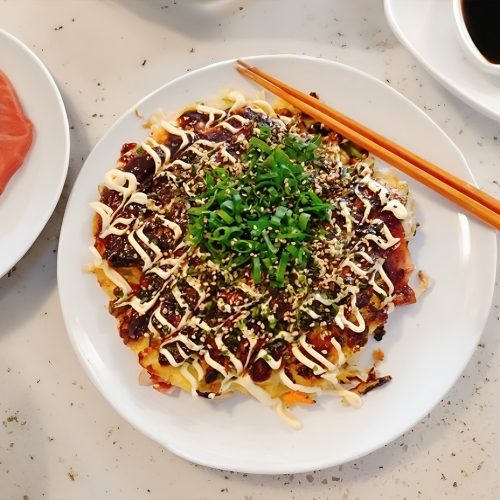
Okonomiyaki Recipe
Equipment
- Griddle or Non-Stick Skillet
- Bowl
- Grater
- Spatula
- Chopsticks or Fork
- Knife
- Cutting Board
- Okonomiyaki Flipper (optional)
Ingredients
- 2 cups Shredded cabbage
- 1 cup All-purpose flour
- 1/3 cup Water or dashi stock
- 2 Eggs
- 1/2 cup Green onions
- 1/2 cup Pork belly (or any protein of your choice) finely chopped
- Sauce for okonomiyaki
- Japanese mayonnaise
- Aonori (flakes of seaweed)
- Bonito flakes (katsuobushi)
- Pickled ginger
Instructions
- Shredded cabbage, flour, dashi stock, eggs, and green onions should all be combined in a big basin. Mix until a batter forms.
- A non-stick skillet or griddle is heated over medium heat with a small amount of oil added.
- Spread the batter into a circle on the skillet after adding half of it.
- Top the batter with the cut pork belly.
- Cook for approximately 4-5 minutes on each side, or until the inside is well cooked and both sides are golden brown.
- Okonomiyaki should be taken out of the skillet and put on a serving platter.
- Mayonnaise and Okonomiyaki sauce should be drizzled on top.
- Add some pickled ginger as a garnish and top with aonori and katsuobushi.
- Cut into wedges, then warm-serve.
Conclusion
The Japanese dish okonomiyaki epitomizes the phrase “cooking what you like.” It is a beloved dish not just in Japan but all around the world due to its extensive history, adaptability, and delicious flavor. Whether at home or in a restaurant, making and enjoying Okonomiyaki is a trip into the heart of Japanese cuisine, where flavor, personalization, and shared dining come together in a savory pancake delight. Therefore, why not try preparing Okonomiyaki yourself the next time you’re craving a taste of Japan and savor its distinctive flavors? Also don’t forget to visit our Facebook or Pinterest.
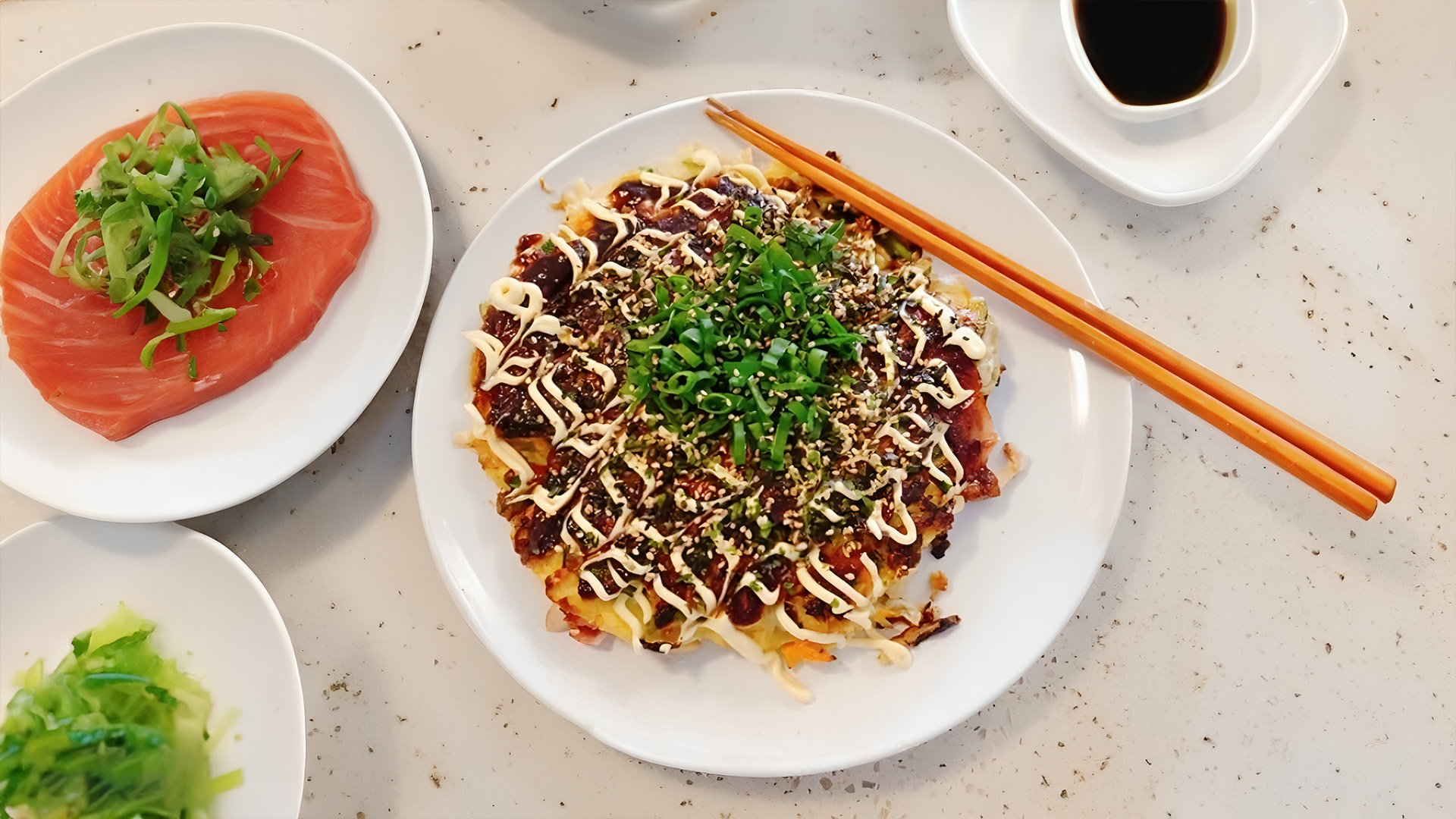

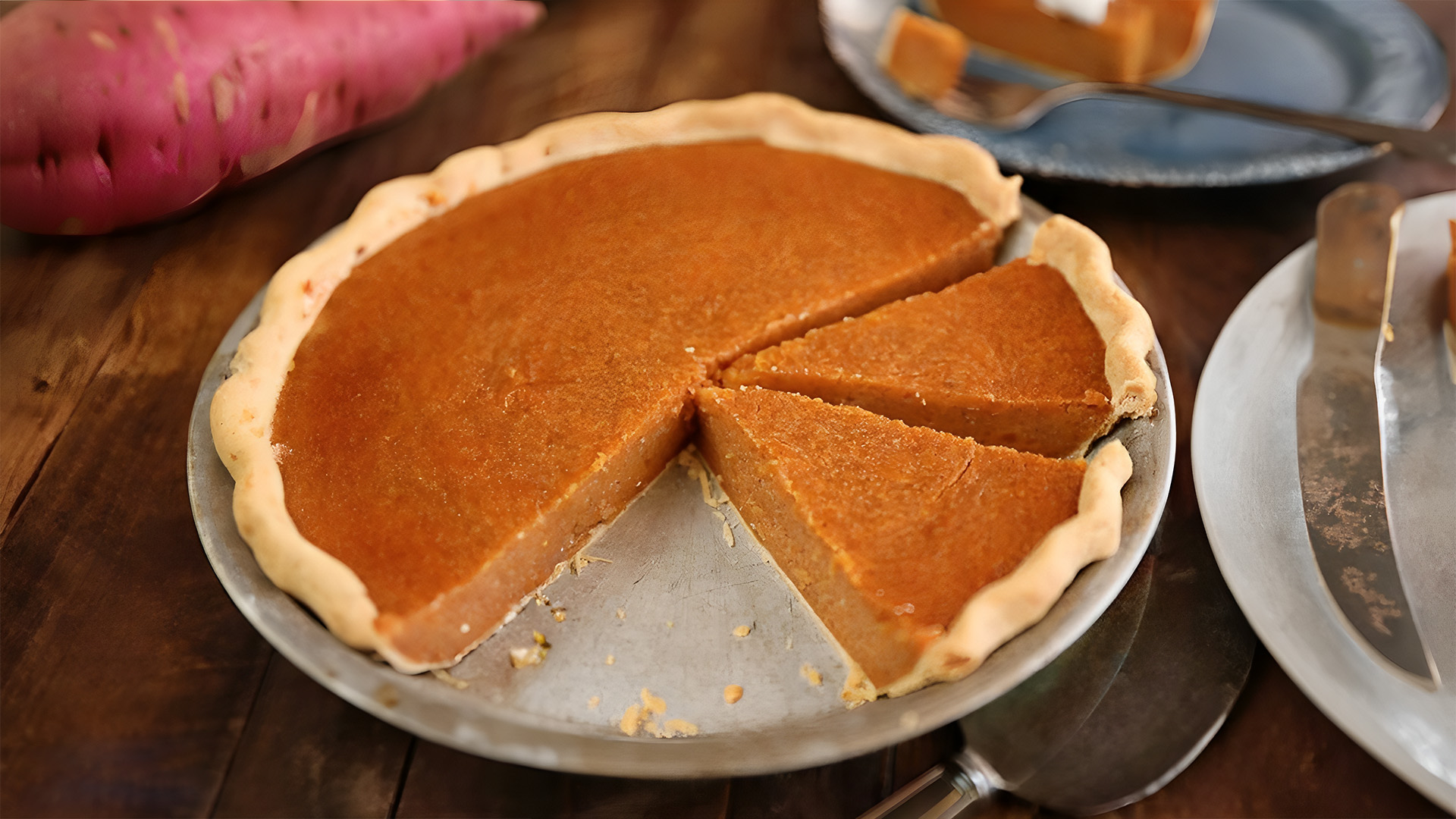
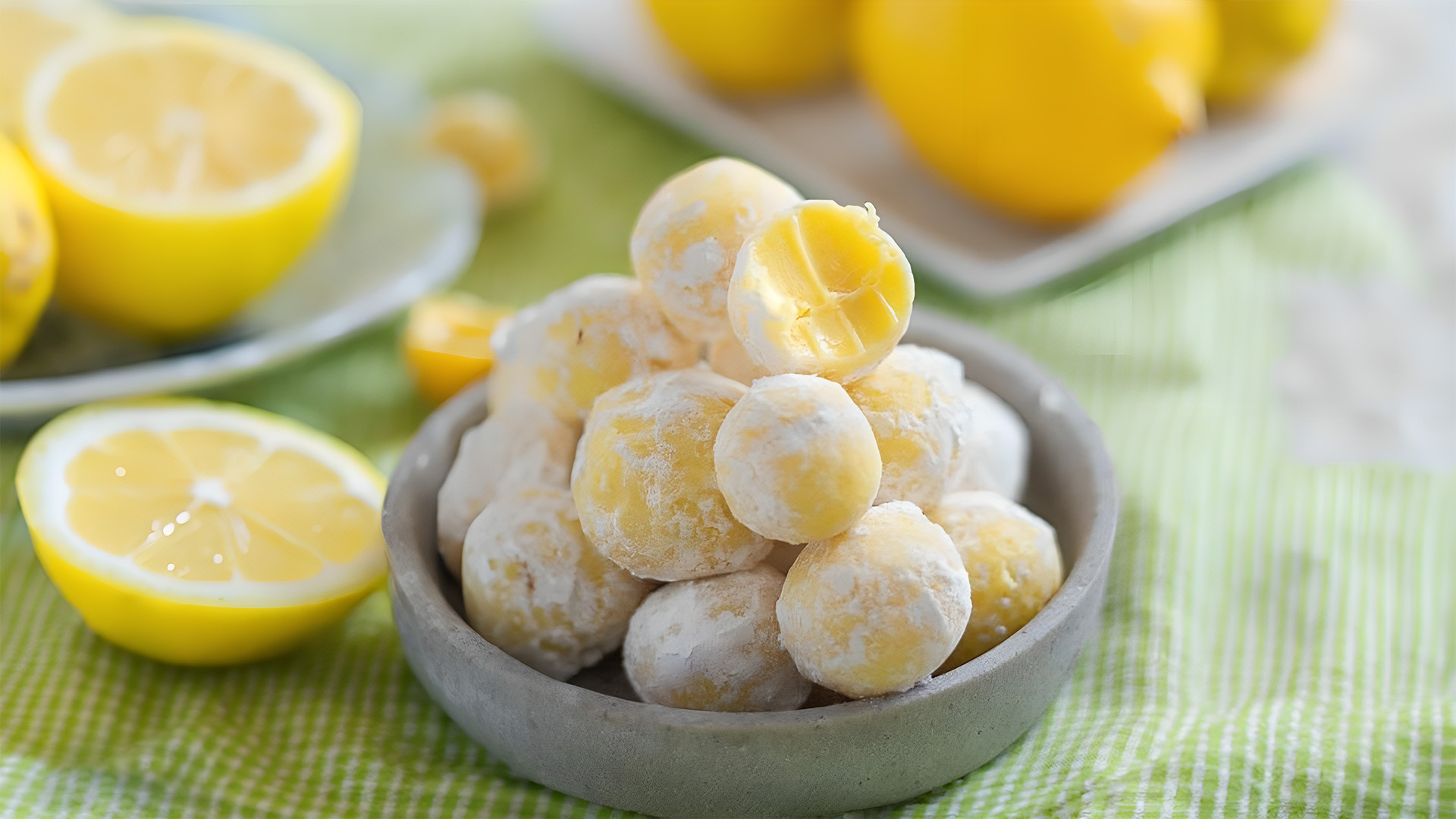
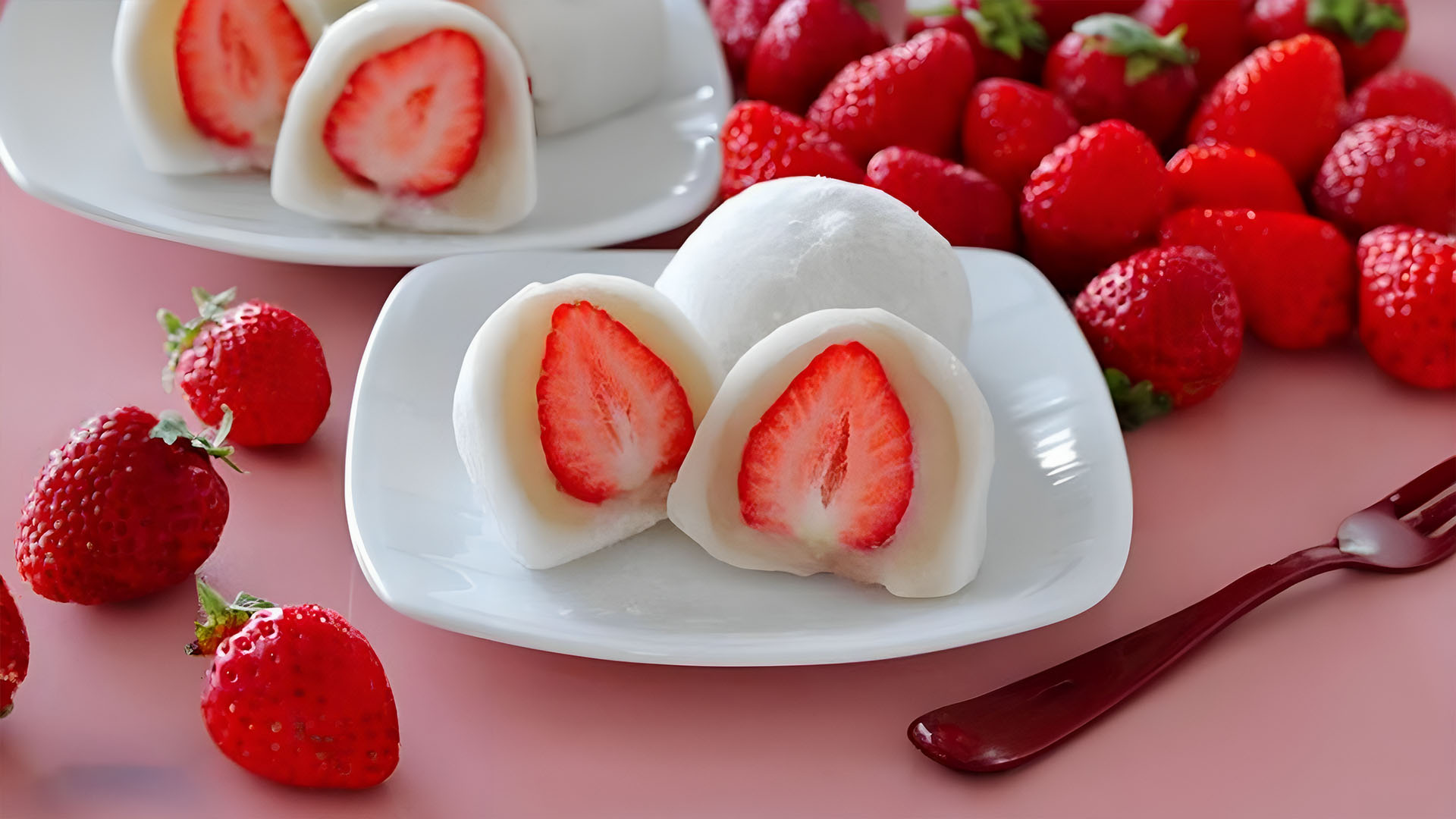





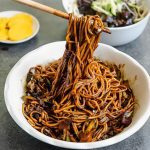
Leave a Reply